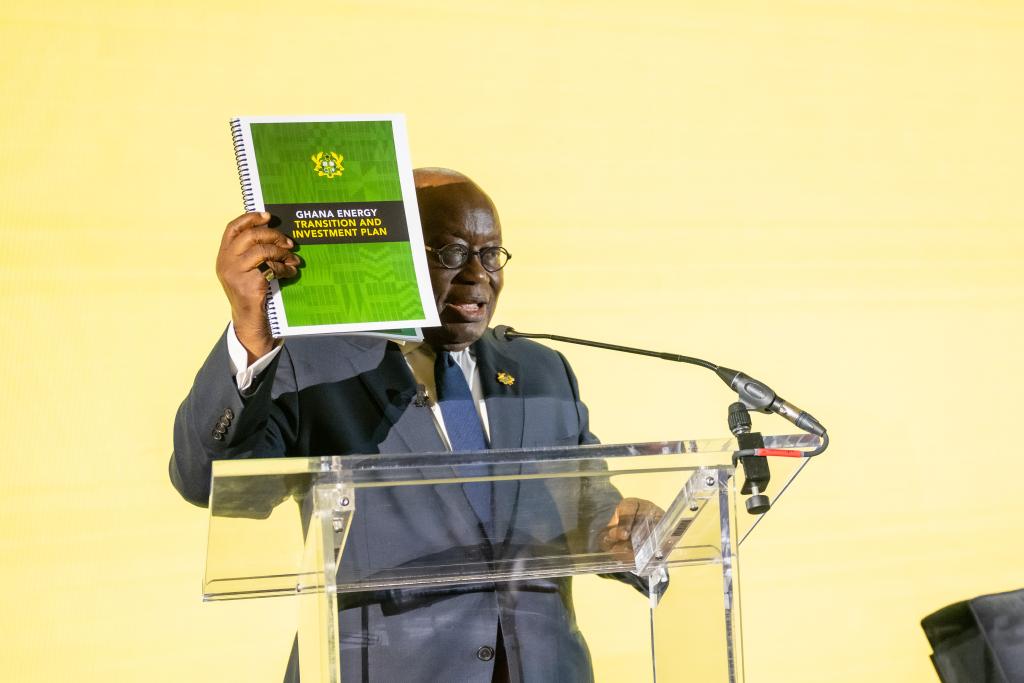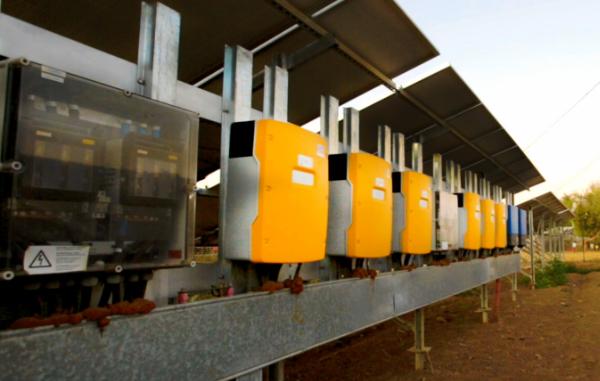Ghana Energy Transition and Investment Plan
The Government of Ghana officially launched the Ghana Energy Transition and Investment Plan on 21 September 2023 during the UN General Assembly.
The plan marks Ghana’s commitment to fighting climate change and fostering economic development in tandem. It details a credible pathway for how Ghana can achieve net-zero energy-related carbon emissions by 2060 through the deployment of low-carbon solutions across key sectors of its economy, including oil and gas, industry, transport, cooking, and power.
The Government of Ghana and SEforALL developed the plan with support from Bloomberg Philanthropies.
550 bn
USD total capital investments up to 2060
182 bn
USD fuel savings compared to the baseline
400,000
total number of new jobs by 2060
2
CO2 emissions avoided under Net Zero path during 2020-2060

H.E. President Nana Akufo-Addo unveils Ghana’s ETIP
Key findings:
- The country's existing Energy Transition Framework previously set a target of net zero by 2070, but this new plan shows Ghana has increased its ambition and is targeting net zero by 2060.
- The plan represents a USD 550 billion opportunity for the international community to invest in sustainable development in Ghana, with the majority of investments going to the power and transport sectors. If the plan is achieved in full, it would generate 400,000 net jobs within Ghana’s economy.
- Various sectoral changes and technologies are proposed in the plan. Four main decarbonization technologies – renewables, low-carbon hydrogen, battery electric vehicles and clean cookstoves – would cover over 90% of the targeted abatement by 2060.
- Without pursuing the plan, under a business-as-usual pathway, Ghana’s emissions are expected to rise from 28 Mt CO2e in 2021 to over 140 Mt in 2050, with the bulk of emissions growth coming from transport, driven by population growth, GDP per capita growth, and vehicle ownership.


